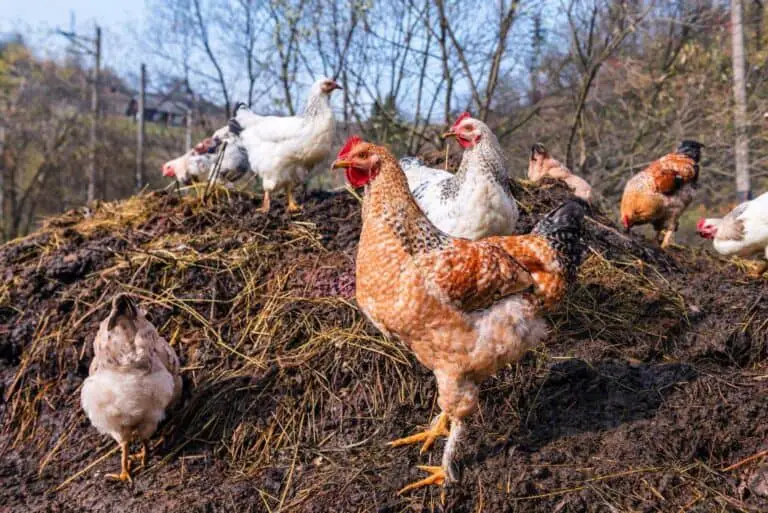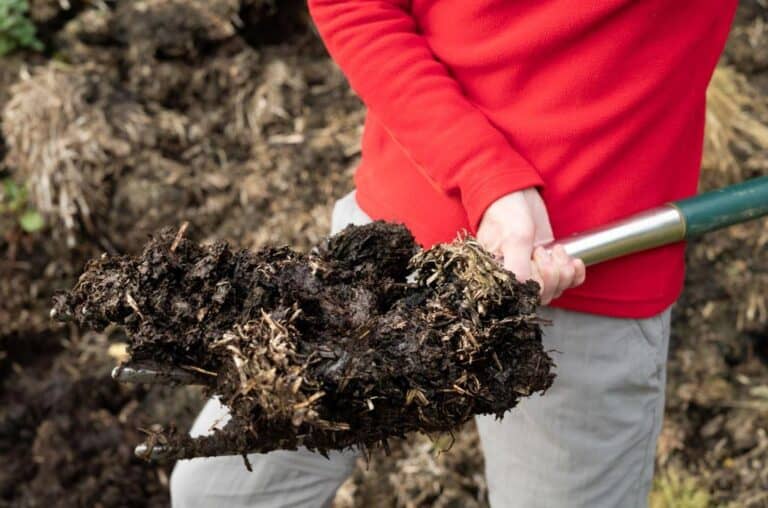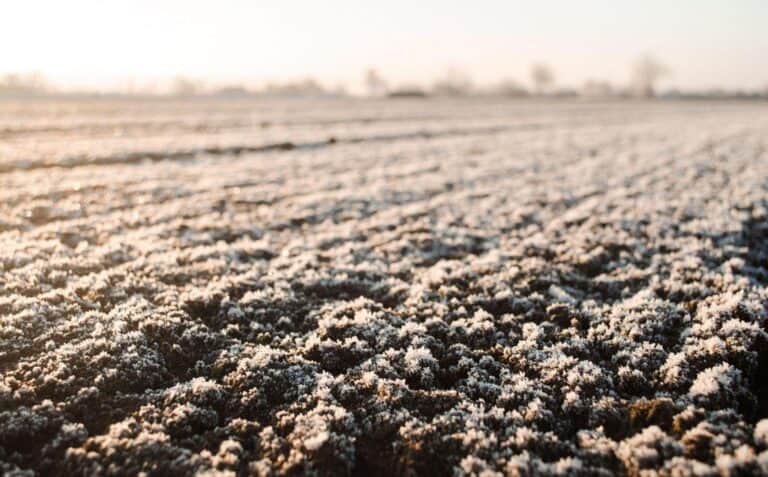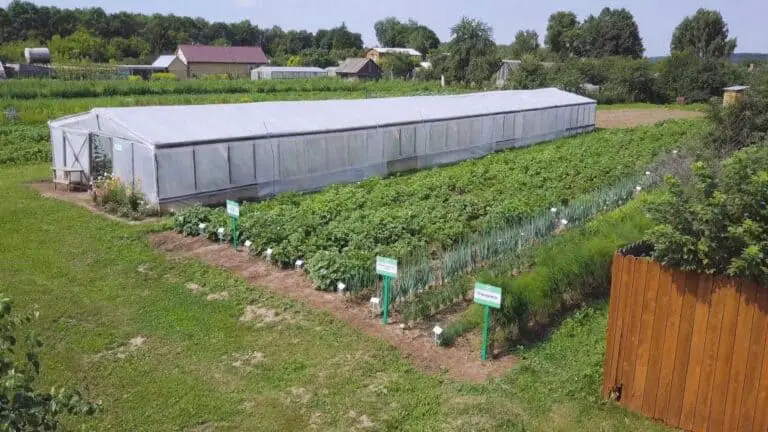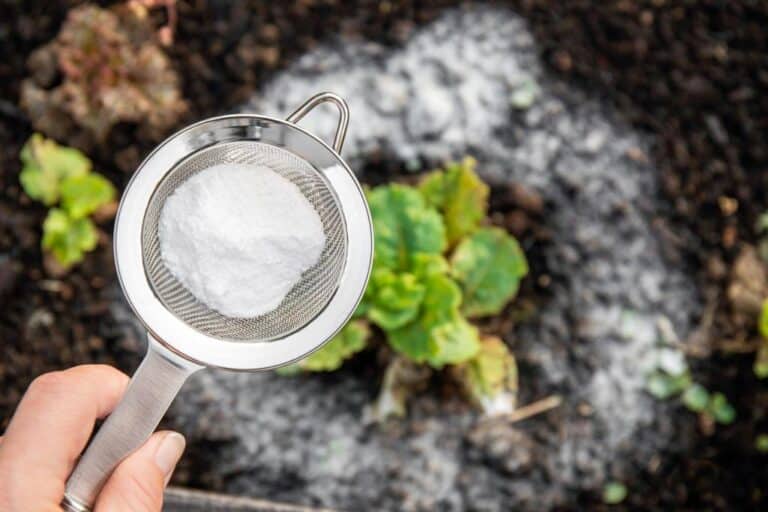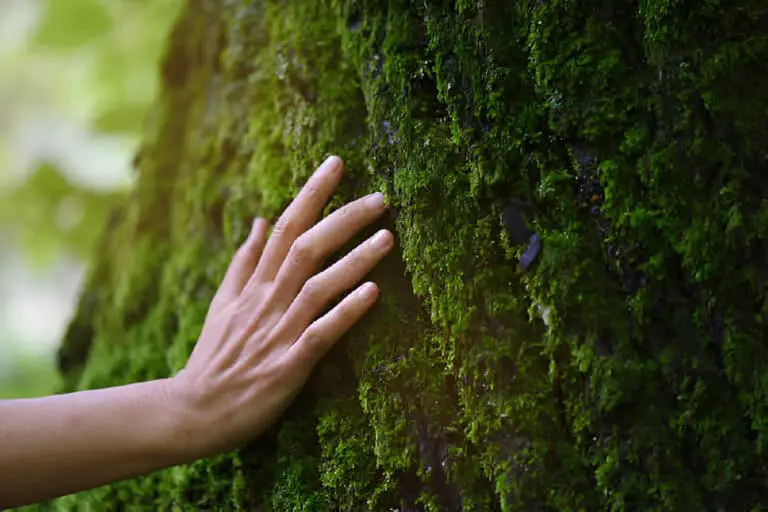Soil Solarization for Gardens & Landscapes: Use Clear or Black Plastic?
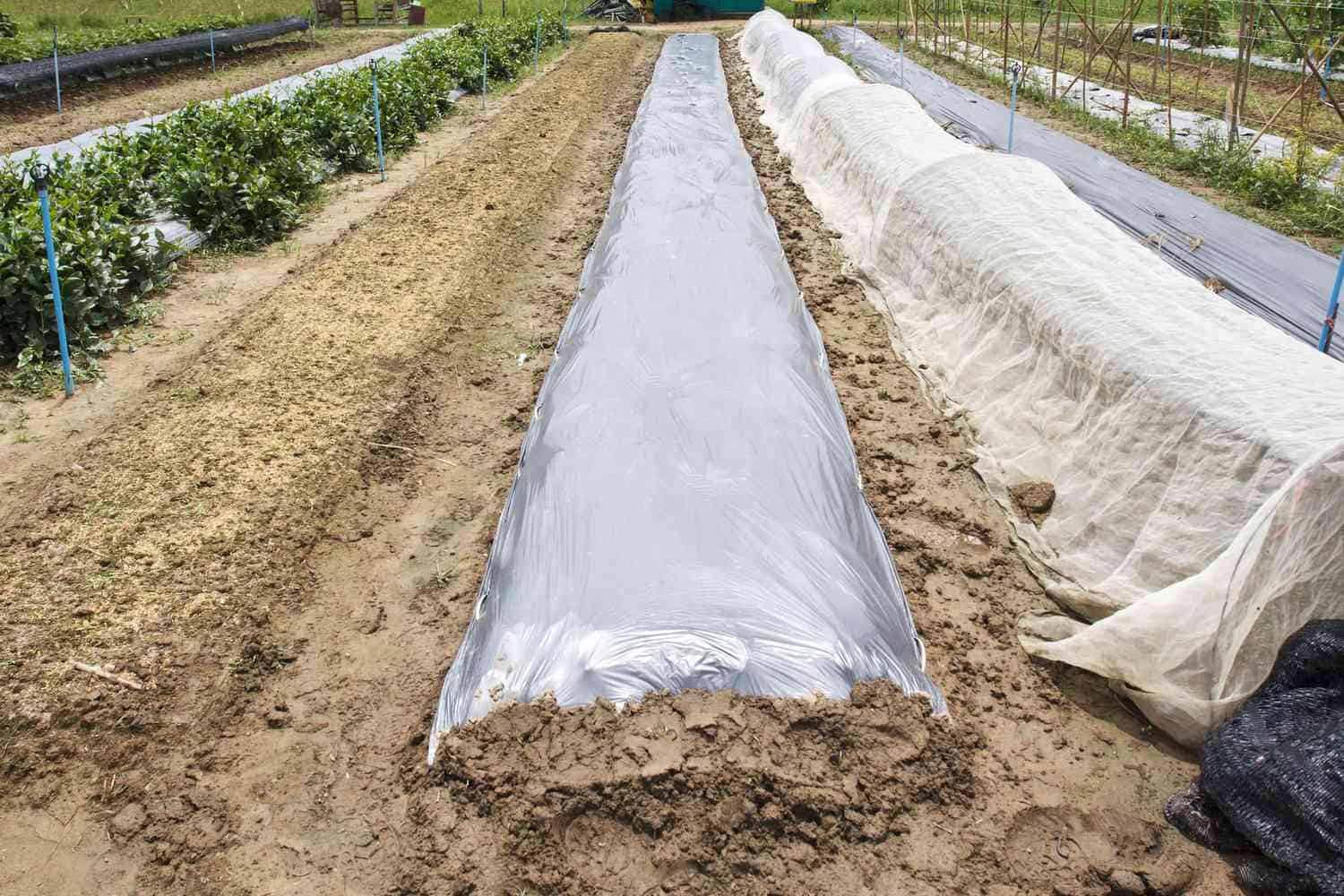
When it comes to improving the health and fertility of your garden soil, soil solarization is a technique that has gained popularity among gardeners and landscapers alike. By using the power of the sun, soil solarization helps eliminate pests, diseases, and weed seeds that may be lurking in your soil.
One important decision you’ll need to make when implementing this technique is whether to use clear or black plastic. It’s a choice that can make a significant difference in the success of this method.
Clear plastic lets the sunlight penetrate the soil, acting as a greenhouse and raising the temperature to kill off unwanted intruders. On the other hand, black plastic blocks out the light, creating a warm, weed-disappointing environment.
In this article, we’ll delve into the pros and cons of each option, helping you make an informed decision that will set the stage for a flourishing garden and landscape. Get ready to unlock the secrets of soil solarization and take your gardening to new heights!
Understanding Soil Solarization
Soil solarization is a technique that harnesses the power of the sun to create a controlled environment that naturally sterilizes the soil, combats pests and diseases, and suppresses weeds.
It involves the strategic application of plastic sheets over the soil, trapping solar radiation and harnessing its energy. This rise in temperature is a critical component of soil solarization, as it triggers a series of transformative processes.
The elevated soil temperatures achieved through solarization play a pivotal role in controlling unwanted organisms and disrupting the life cycles of pests, diseases, and weed seeds that reside within the soil. The sustained exposure to high temperatures effectively sterilizes the soil, eliminating or greatly reducing populations of harmful organisms.
Clear Plastic for Soil Solarization: Harnessing the Sun’s Energy
Clear plastic, as the name suggests, is a transparent material that allows sunlight to penetrate the soil. When you cover your garden or landscape bed with clear plastic, it acts as a greenhouse, trapping heat and moisture inside.
The trapped heat raises the temperature of the soil, leading to a process called soil solarization. This increased temperature can help kill off pests, diseases, and weed seeds that may be present in the soil.
The benefits of using clear plastic for soil solarization are significant. Firstly, the transparency of the plastic allows the sun’s energy to penetrate deep into the soil, maximizing the effectiveness of the technique.
Clear plastic is also excellent for warming up the soil in cooler climates or during the early spring, as it captures and retains heat effectively. Furthermore, using clear plastic allows you to monitor the progress of soil solarization, as you can easily see if any weeds or pests are still present.
Black Plastic for Soil Solarization: Blocking Out the Light
While clear plastic relies on the sun’s energy, black plastic takes a different approach by blocking out the light altogether. When you cover your soil with black plastic, it prevents sunlight from reaching the surface.
Black plastic offers its own unique advantages for soil solarization. Firstly, by blocking sunlight, it creates a dark, warm environment that is less favorable for weed growth. This can be particularly beneficial if you have persistent weed problems in your garden or landscape.
Additionally, black plastic can be used to solarize the soil during the summer months when the sun is intense, providing an effective method for preparing your soil for planting.
Comparing Clear and Black Plastic for Soil Solarization
Clear and black plastic have distinct characteristics and considerations. To help you make an informed choice, let’s compare the two methods:
Clear Plastics and Black Plastics: Advantages/Disadvantages
| Clear Plastic | Black Plastic | |
| Advantages | Maximum solar energy penetrationSuitable for cooler climatesLonger solarization period | Efficient heat absorption and retentionIdeal for high solar intensity regions Shorter solarization period |
| Limitations | Requires high-quality plastic for maximum efficiencyMay be less effective in regions with intense sunlight | Potential risk of overheating the soilMonitoring soil temperature is crucial |
Clear Plastics and Black Plastics: Characteristics
| Aspect | Clear Plastic | Black Plastic |
| Sunlight | Allows sunlight penetration | Blocks out sunlight |
| Heat Retention | Good heat retention, especially in cooler climates | Excellent heat retention, ideal for intense sunlight |
| Weed Control | Limited weed control, as sunlight promotes growth | Effective weed control, as it blocks out light |
| Pest Control | Effective in eliminating pests exposed to sunlight | Effective in eliminating pests in warm, dark areas |
| Monitoring | Allows visual monitoring of solarization progress | No visibility, progress must be gauged by time |
| Timing | Best for cooler climates or early-season solarization | Ideal for summer solarization or persistent weed issues |
Choosing the Right Option for Your Needs
Now that we’ve explored the benefits of both clear and black plastic for soil solarization, you may be wondering which one to choose. The decision ultimately depends on various factors, including your climate, the time of year, and your specific gardening or landscaping goals.
When deciding between clear and black plastic for soil solarization, several factors come into play:
- Local climate and sunlight intensity: Consider the average temperature, sunlight duration, and intensity in your region. Clear plastic is more suitable for cooler climates, while black plastic is ideal for areas with intense sunlight.
- Targeted pests, diseases, or weeds: Different organisms have varying temperature thresholds for elimination. Research the optimal temperature requirements for the pests, diseases, or weeds you wish to control.
- Soil type and moisture levels: Some soil types heat up more quickly than others. Additionally, soil moisture affects the efficiency of solarization. Sandy soils generally respond better to solarization than heavy clay soils.
- Availability and cost of plastic materials: Assess the availability and cost of both clear and black plastic in your area. While clear plastic is more widely accessible, it may be more expensive than black plastic.
Tips for Successful Soil Solarization
Regardless of whether you choose clear or black plastic, there are a few key tips to ensure successful soil solarization:
- Prepare the soil: Before laying the plastic, remove any existing weeds or plant debris from the soil surface. This will help maximize the effectiveness of solarization.
- Moisten the soil: Water the soil thoroughly before covering it with plastic. Moist soil conducts heat better and allows for more effective heat transfer during the soil solarization process.
- Secure the plastic: Make sure the plastic is tightly secured to the ground to prevent it from being blown away by wind or lifted by animals. This will ensure consistent heat retention and proper soil coverage.
- Timing is important: Plan your soil solarization according to the climate and the specific needs of your garden or landscape. In most cases, it’s recommended to leave the plastic in place for at least 4-6 weeks during the hottest part of the year to achieve optimal results.
- Remove the plastic with care: After the recommended solarization period, carefully remove the plastic, taking precautions not to disturb the soil. The heat accumulated under the plastic may have killed off pests, diseases, and weed seeds, giving you a clean slate for planting.
- Amend and cultivate: Once the plastic is removed, take the opportunity to amend the soil with organic matter, such as compost or well-rotted manure, to make the soil fertilite. Use a garden fork or tiller to incorporate the amendments into the soil, ensuring they are evenly distributed.
- Monitor and maintain: Keep an eye on your garden or landscape after soil solarization. Soil sterilization is an effective method to sterilize soil to prevent new weed growth or infestations. Regularly check for signs of pests or diseases and take prompt action if needed. Proper watering, fertilization, and regular maintenance will help maintain the health and productivity of your soil.
Conclusion
Soil solarization is a valuable technique that can significantly improve the health and fertility of your garden or landscape soil. By utilizing clear or black plastic, you can harness the sun’s energy to eliminate pests, diseases, and weed seeds. Both clear and black plastic have their advantages, so it’s important to consider your climate, timing, and specific gardening goals when deciding which option to choose.
Clear plastic provides maximum sunlight penetration, making it suitable for cooler climates or early-season solarization. It allows for visual monitoring of the progress and can be an effective tool in combating pests exposed to sunlight.
Black plastic blocks out light and creates a warm, weed-inhibiting environment, making it ideal for areas with persistent weed problems or summer solarization. It offers excellent heat retention and can effectively control weed growth.
Remember to follow the essential tips for successful soil solarization, such as preparing the soil, securing the plastic, timing the process correctly, and properly amending the soil afterward.
Whether you opt for clear or black plastic, soil solarization can be a game-changer for your garden or landscape. It’s a natural, cost-effective method that reduces the need for chemical interventions and helps create a healthier, more productive growing environment. Give it a try and witness the transformative effects of soil solarization in your own backyard!

